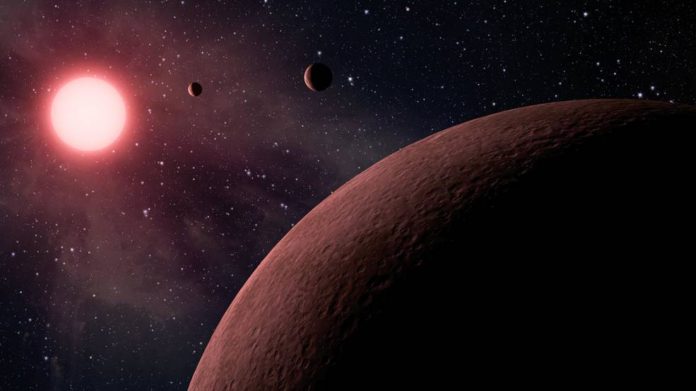This Monday, Nasa announced that they had discovered 219 new objects beyond our solar system that are almost potential new planets. The more fascinating is 10 of these have rocky and habitable like Earth, scientists reported.
The data comes from the space agency’s long-running Kepler exoplanet-hunting mission. The data could tell astronomers how common Earth-like planets are and what the chances of finding intelligent extraterrestrial life might be.
Susan Thompson, a Kepler research scientist at the SETI Institute said, “We have taken our telescope and we have counted up how many planets are similar to the Earth in this part of the sky.”
“We said, ‘how many potential new planets there are similar to Earth?’ With the data I have, I can now make that count. We’re going to determine how common other planets are. Are there other places we could live in the galaxy that we don’t yet call home?
“Added to Kepler’s previous discoveries, the 10 new Earth-like planet candidates make 49 total. If any of them have stable atmospheres, there’s even a chance they could harbor alien life.”
Although, scientists have not said much about these new 10 planets. They just reported that the planets appeared to be Earth-sized and orbit in their stars’ ‘habitable zone’.
Scientists did not provide any guarantee that the planets are actually habitable. Beyond controlling a stable atmosphere, things like plate tectonics and not being tidally locked may also be essential.
Scientists doubt that there are infinite Earth-like planets waiting to be found. It is because the telescope can only ‘see’ exoplanets that transit or pass in front of their stars.
Scientists detect planets by searching for dips in a star’s brightness. Usually, this is caused by a planet blocking out a fraction of the starlight. It happens because most of the planets’ orbit in the same disk or plane is rarely aligned with Earth.
Among all the challenges, scientists revealed the existence of 4,034 planet candidates. They also found that 2,335 of those are exoplanets.
Mario Perez, a Kepler program scientist at NASA, said, “In fact, you’d need 400 Keplers to cover the whole sky. Although it is just the worlds in 0.25 percent of the night sky. To cover the whole sky, you’d need 400 Keplers. Such worlds are the size of Earth and the gas giants of our solar system.”
Benjamin Fulton, an astronomer at the University of Hawaii at Manoa and California Institute of Technology, said, “The biggest number of planets appear to be a completely new class of planets, called “mini-Neptunes”.
Kepler finished collecting its first mission’s data in May 2013. Although, it has taken scientists years to analyze that information because it’s often difficult to parse, interpret, and verify.
